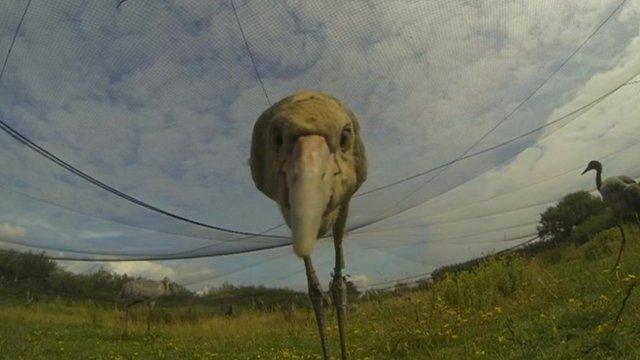Britain's cranes have most successful year since 1600s
- Published

The common crane is the tallest bird in the UK
Cranes had their most successful year in the UK since the 17th Century with a record-breaking 72 pairs, conservationists said.
The common crane was absent as a breeding bird for 400 years due to wetland drainage and hunting.
But now the UK's tallest bird has made a strong comeback since a small number returned to Norfolk's Broads in 1979.
Damon Bridge, chairman of the UK Crane Working Group, said: "The population is rapidly expanding."
Adult cranes stand at around 1.2m (4ft) tall and are known for their complex "display" behaviour, where they perform bows, pirouettes and bobs.
The crane is thought to have been a common breeding bird in Britain during the Middle Ages. English place names with the prefix "cran", such as Cranfield in Bedfordshire, refer to areas frequented by the birds.
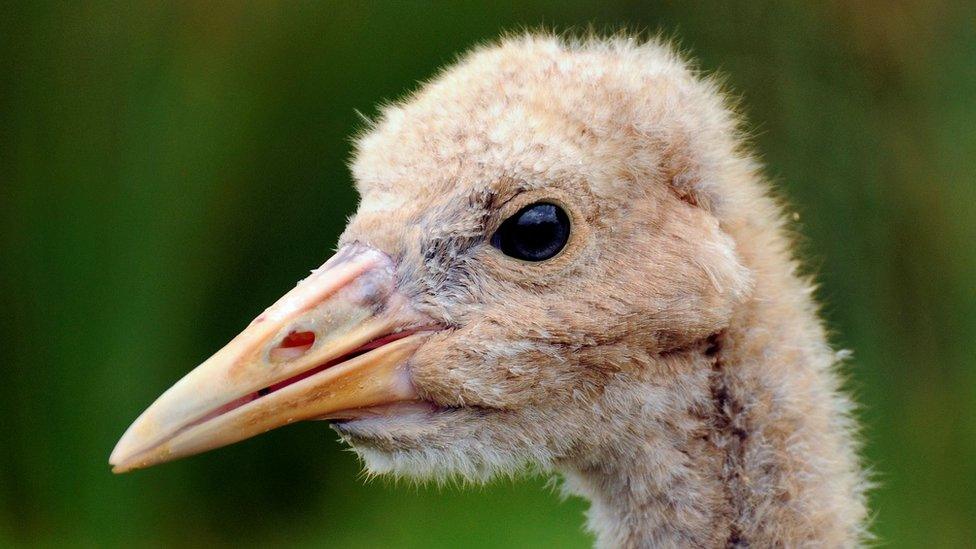
Between 2010 and 2014 Eurasian crane chicks from Germany at wear hand-reared in Gloucestershire before their release in Somerset
Their initial spread after their reintroduction was aided by the creation and improvement of their favoured habitat at the RSPB's Lakenheath Fen in Suffolk and Nene Washes in Cambridgeshire.
Since 2010, a project has also been hand-rearing and releasing young birds on the Somerset Levels and Moors.
The latest breeding survey showed that of the 72 pairs, up to 65 had bred and these fledged 40 chicks, the RSPB said.
The highest number of young fledged previously was 26 in 2019.
A new population estimate now stands at more than 200 birds.
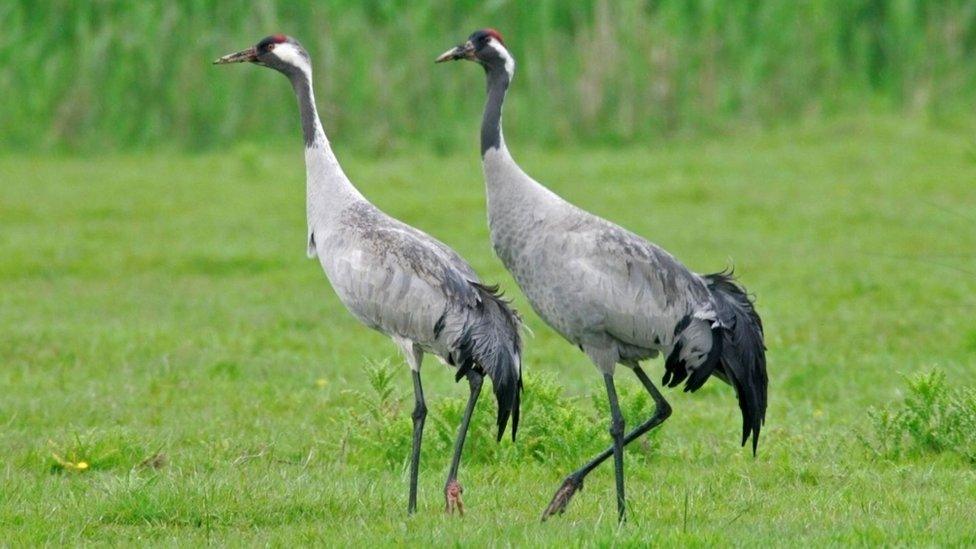
In 2010, the Great Crane Project aimed to boost crane numbers in the UK
Mr Bridge said: "Although climate change poses a huge challenge for many species, opportunities to restore peatlands and floodplains to reduce carbon emissions and better manage increased flood risk can go hand in hand with the delivery of habitats perfect for cranes and other wetlands species."
Andrew Stanbury, RSPB conservation scientist, said: "The recovery of the UK crane population, now at its highest level since the 17th Century, showcases that conservation action can make a real difference."
The RSPB said as well as in eastern England and Somerset, cranes could be spotted at its reserve at the Loch of Strathbeg in Aberdeenshire.

The common crane
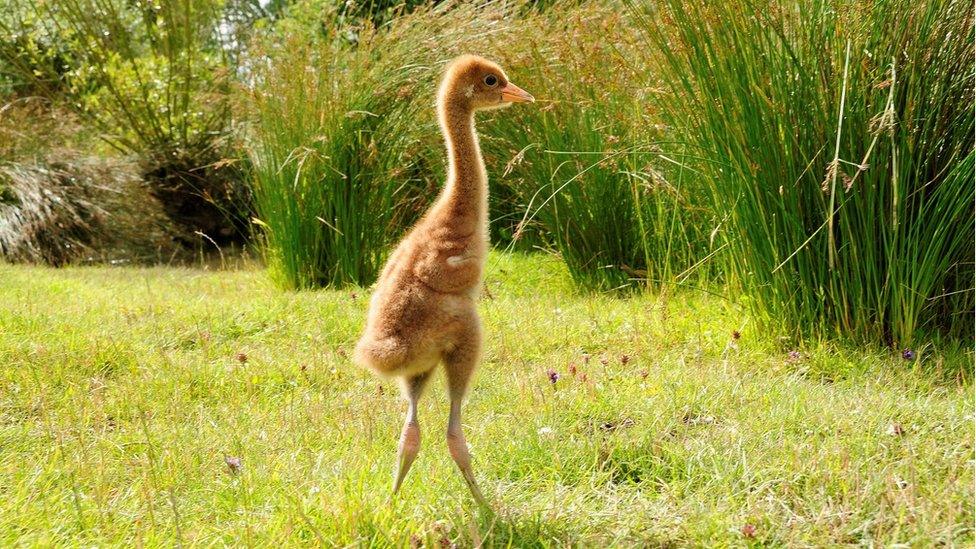
The scientific name of the common crane is Grus grus and it is also known as the Eurasian crane, due to its distribution across northern Europe through to eastern Siberia
It is also one of the loudest birds in the UK with a piercing, honking call
Cranes are omnivores eating a range of invertebrates, small vertebrates, and plant seeds, roots and shoots
The birds are quite vulnerable to disturbance, particularly during the breeding season
In the wild, cranes normally live for about 20 years, though they have been known to reach 40 years old
Source: BBC Wildlife Magazine, external

Find BBC News: East of England on Facebook, external, Instagram, external and Twitter, external. If you have a story suggestion email eastofenglandnews@bbc.co.uk, external
- Published22 April 2020
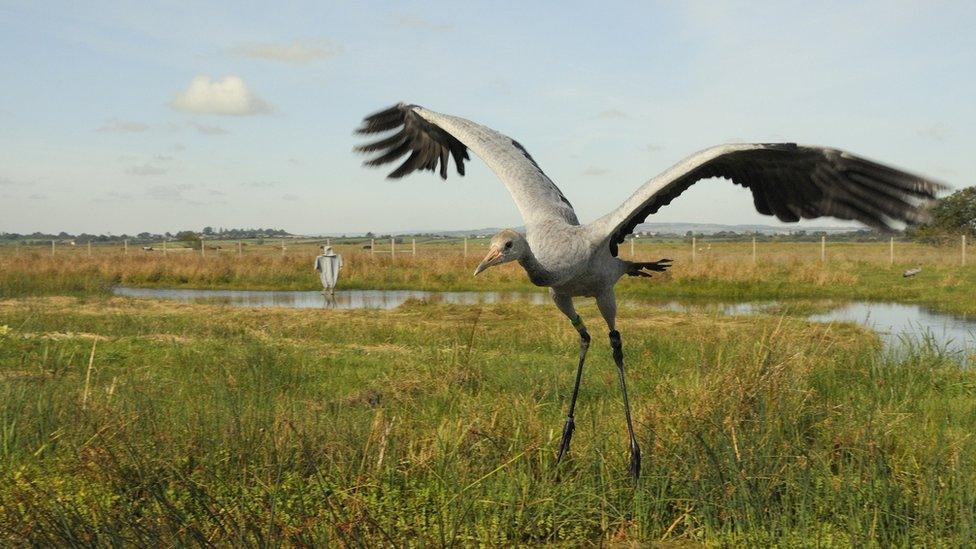
- Published17 July 2018
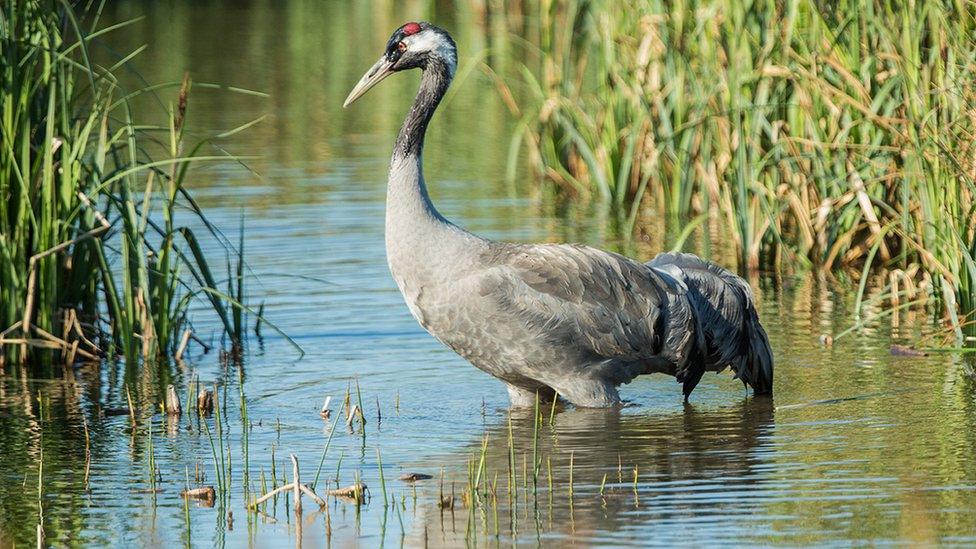
- Published4 September 2017
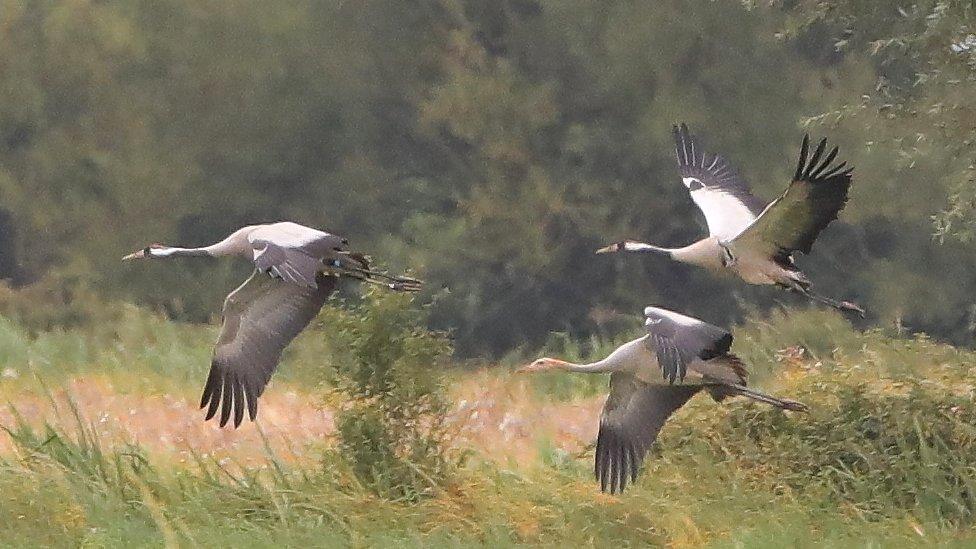
- Published28 November 2015
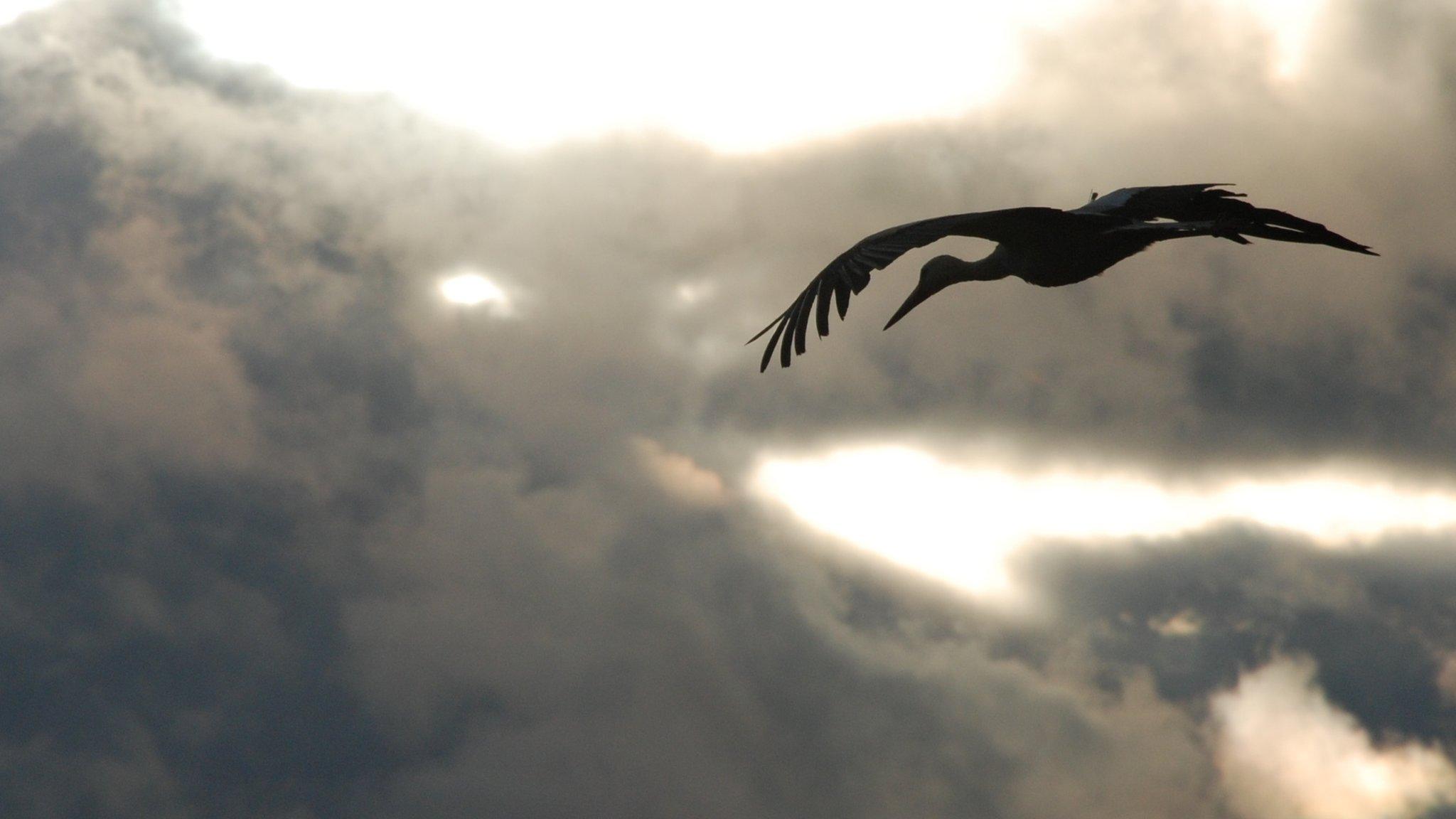
- Published28 April 2015
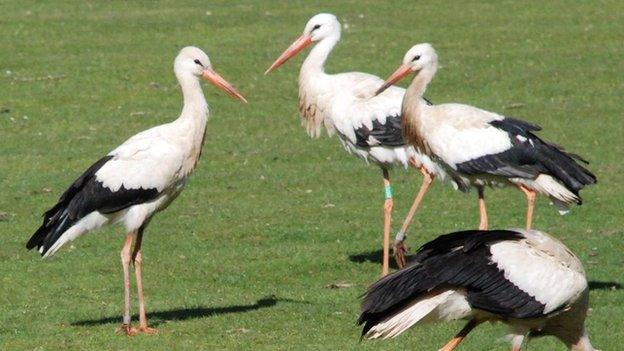
- Published13 August 2013
